Most homeowners will renovate with aesthetics in mind – granite countertops, stainless steel appliances, replacing old cabinetry, etc. They will consider how they want the home to look without considering how they may need it to function in the future. Here is my top 10 list for building your forever home, without sacrificing the look for accessibility.
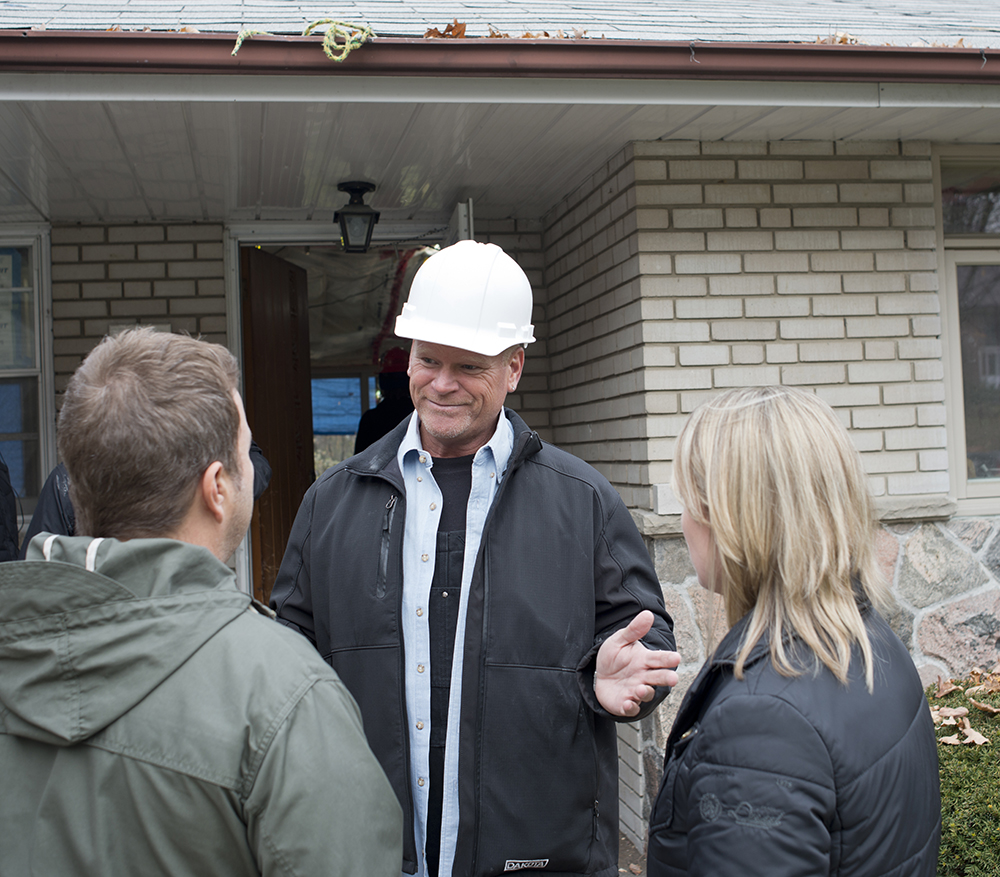
Do Your Homework
Most homeowners will renovate with aesthetics in mind – granite countertops, stainless steel appliances, replacing old cabinetry. They will consider how they want the home to look without considering how they may need it to function in the future. Here is my top 10 list for building your forever home, without sacrificing the look for accessibility.
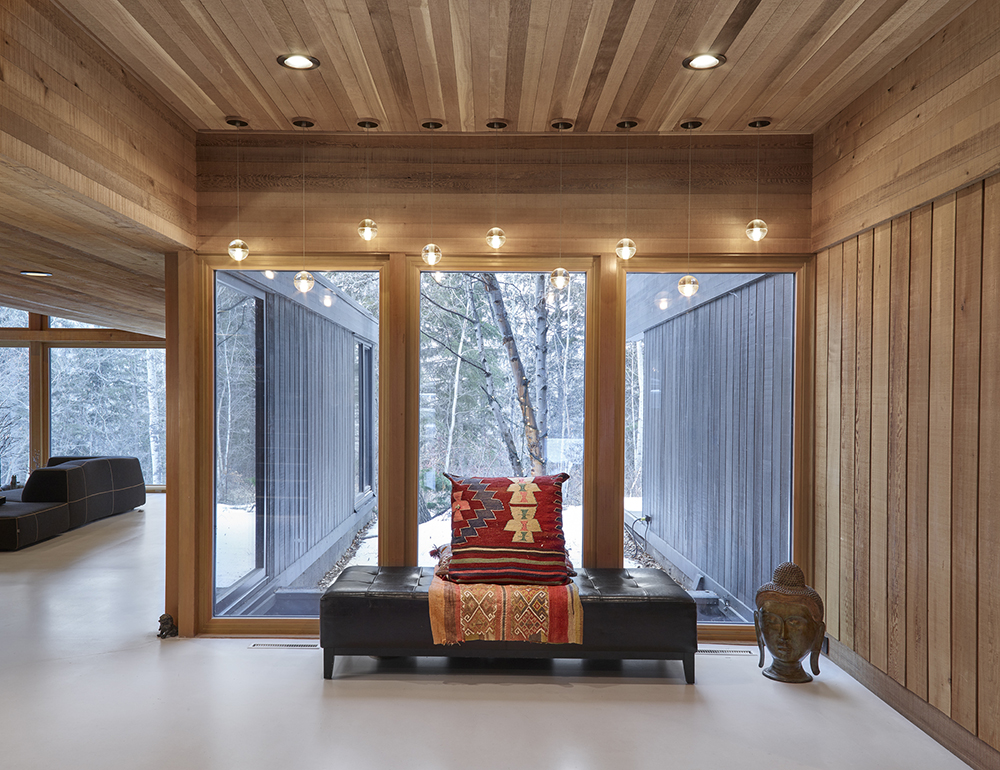
Consider The Layout
When mobility becomes a concern, proper design and layout is so important. An open-concept kitchen looks great, is functional and accessible. Consider the layout of the stove, the refrigerator and the sink. You don’t want to be tripping over someone cooking while you’re trying to get to the refrigerator! These appliances should be spaced out enough so there’s enough room to move around comfortably.
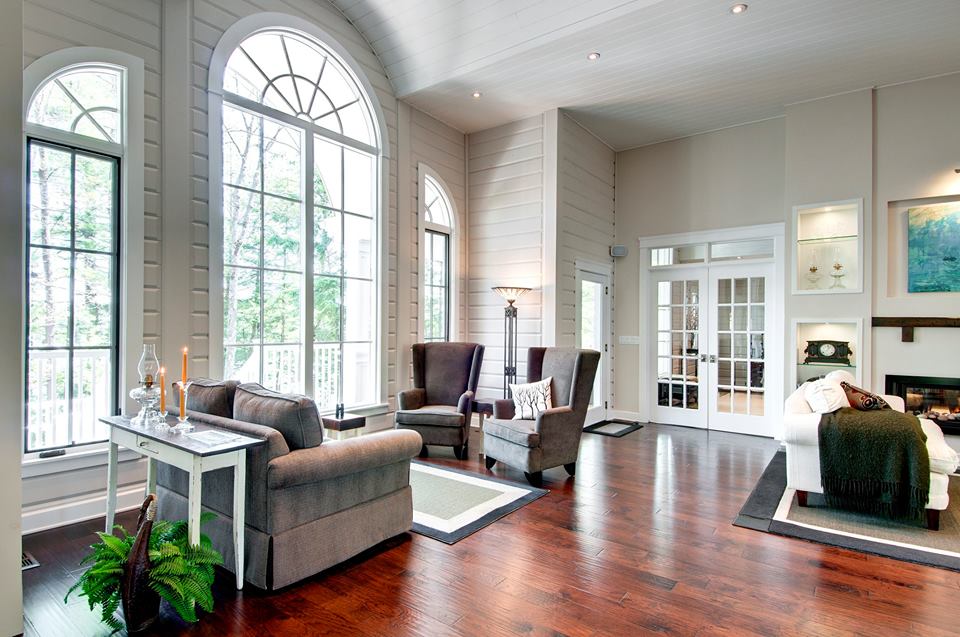
Challenging Stairs
Stairs present a huge challenge for those with limited mobility. And in multi-level homes, bedrooms are generally on the upper level. Consider having a space on the main level that can serve multiple functions. You could have it as your office or studio space today, but should your needs change, it can serve as a bedroom.
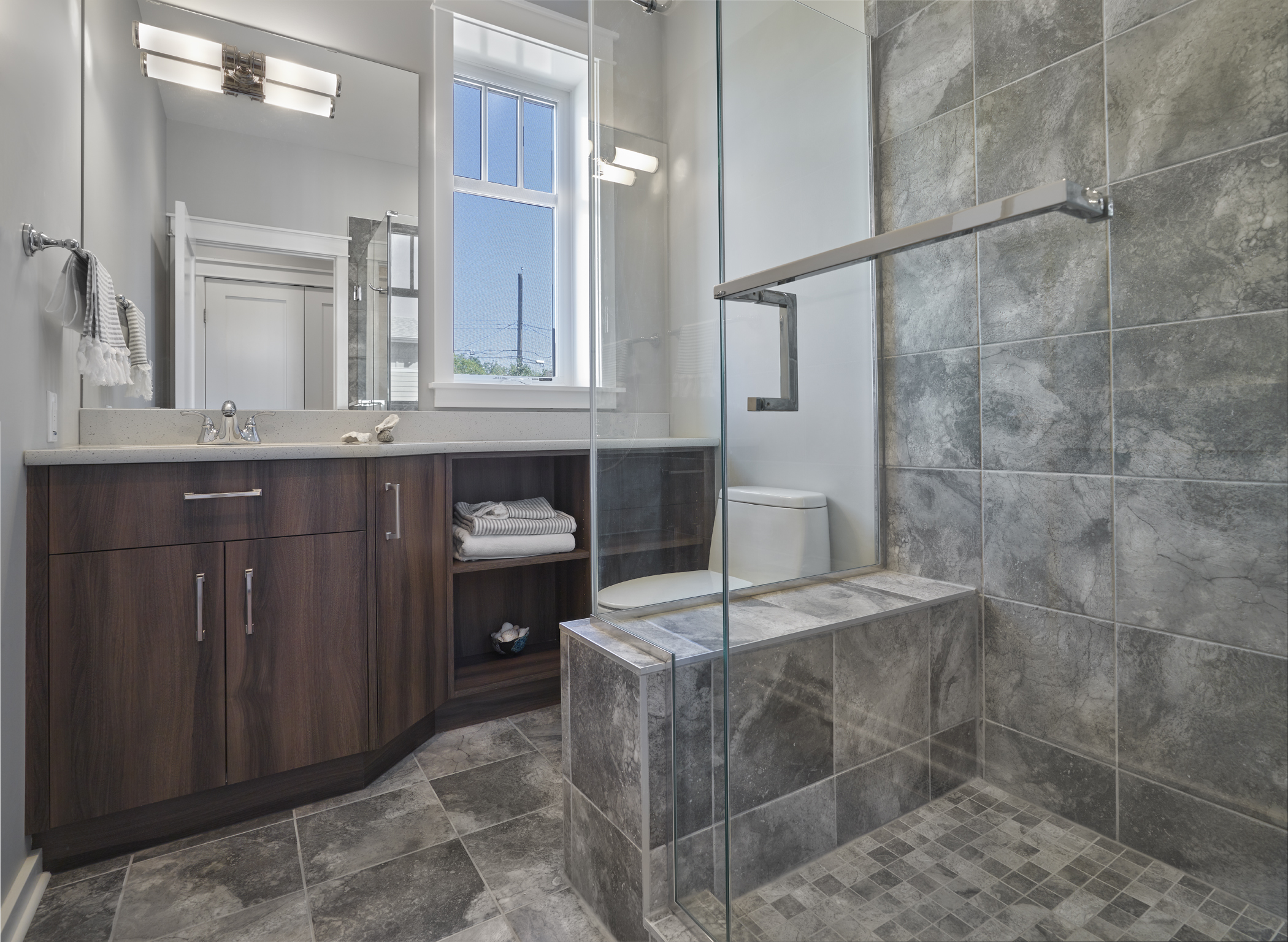
Bathroom Accessibility
The number one goal for designing an accessible bathroom is to make it safe. A bathroom can be a hazardous space for anyone and can present many safety issues for those with limited mobility. A curbless shower is easily accessible to those using wheelchairs or walkers, and a fixed or removable shower seat is a great idea. Walk-in tubs allow for easy access, making them a safer solution to having to climb over the side of the tub.
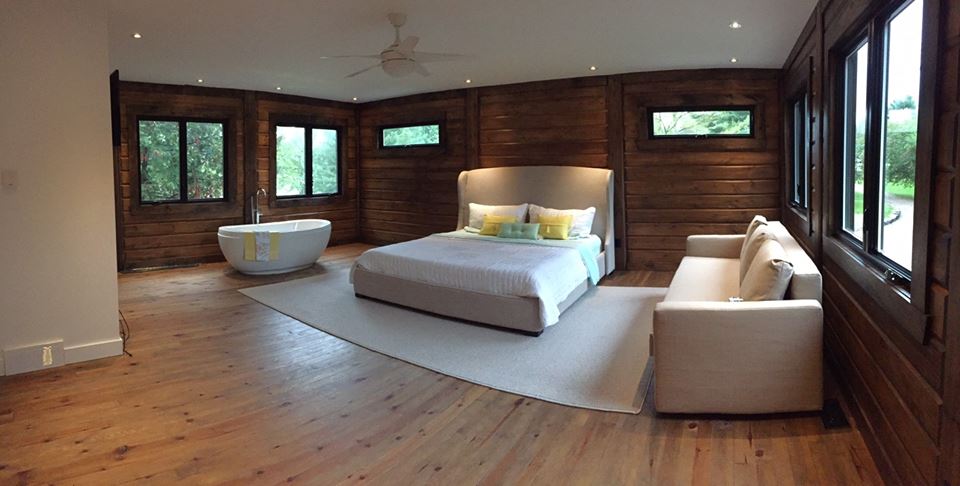
Flooring
A thinner carpet with a pile or height of half an inch and without an underpad would work for accessibility devices. But if you want to get away from carpet and are looking towards hardwood, you’ll want to avoid certain woods that will be more susceptible to damage. Choose more durable woods, like maple or bamboo. Laminate flooring is a less-expensive alternative to using hardwood. Laminate can offer better durability than the softer woods, and you won’t have to compromise on the look. Tile is very durable and easily cleaned. And being water-resistant, it is the best option for kitchens and bathrooms. Choose a textured tile for the shower for added safety.
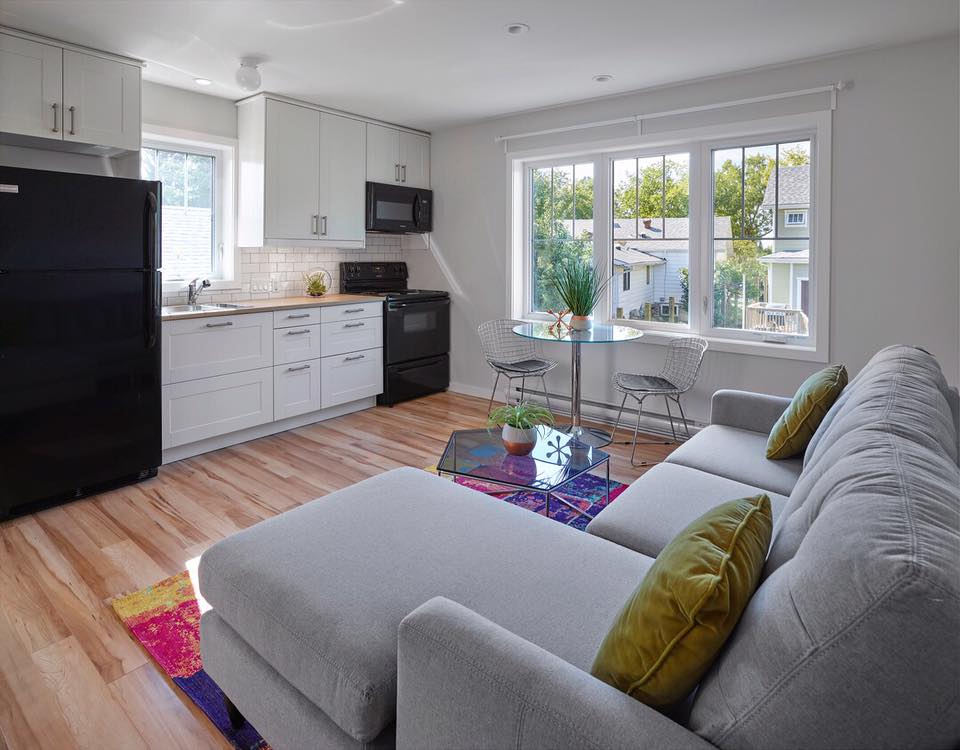
Windows
Windows in your home shouldn’t require the use of both hands. Casement or awning windows that can open and close with a crank are simple to use for homeowners of any dexterity. Avoid multi-layered window coverings. Roll-up shades and mini-blinds will give you that clean look while also being simple to use.
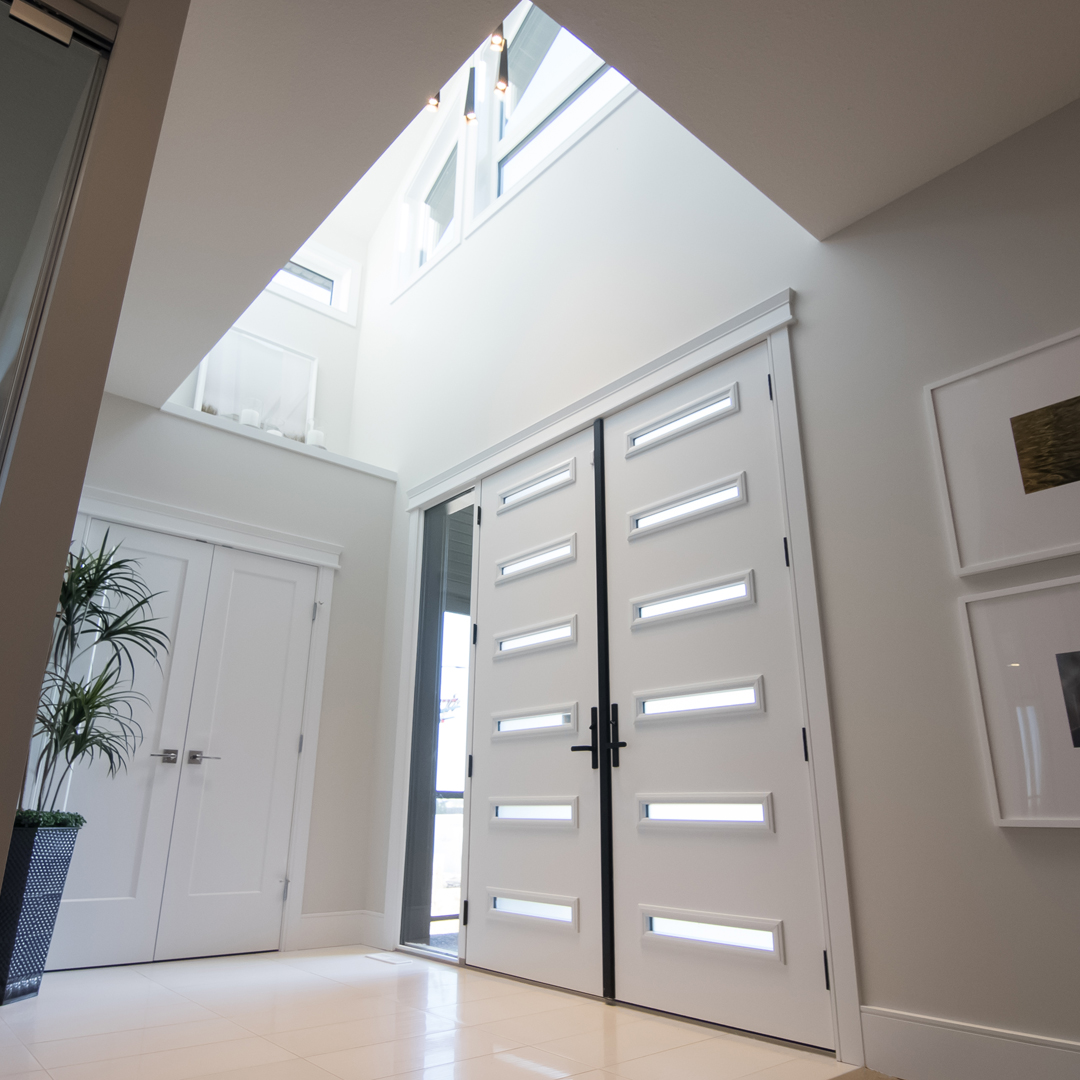
Doorways/Entrances
Doorways will need to be wider to accommodate wheelchairs and walkers. They should be at least 32 inches wide, but 36 inches is better for maneuverability. Consider replacing the more common round door knobs with lever-type door handles. They are easier to use for those with limited dexterity, and they look great.

Lighting
Many light switches are placed too high for individuals in wheelchairs. I recommend light switches to be placed at a height of about 36 inches for accessibility. LED lighting along pathways is a great safety feature to add to your home that won’t compromise on looks. For added accessibility and safety, install motion sensors in bathrooms and outdoor areas.
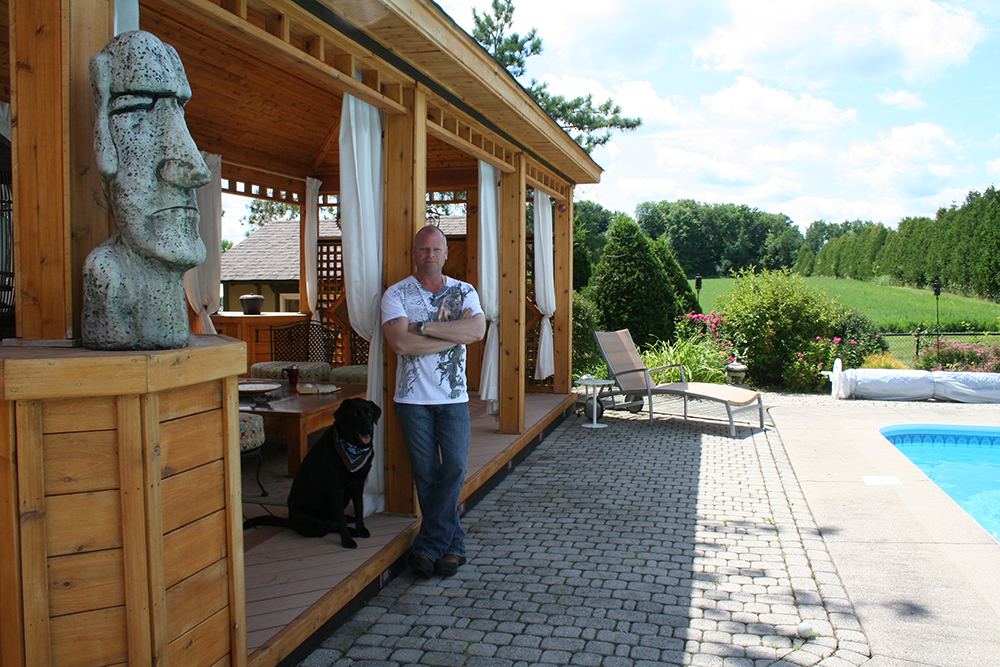
Backyard
Your backyard is an extension of your home and a space that you should be able to enjoy, no matter what. Your deck or patio should be level with your home, rather than tiered. Not only does this make sense for those with limited mobility, but it’s also more safe and convenient for barbequing and backyard entertaining. You don’t want to be constantly running up and down a flight of steps with a tray full of food.
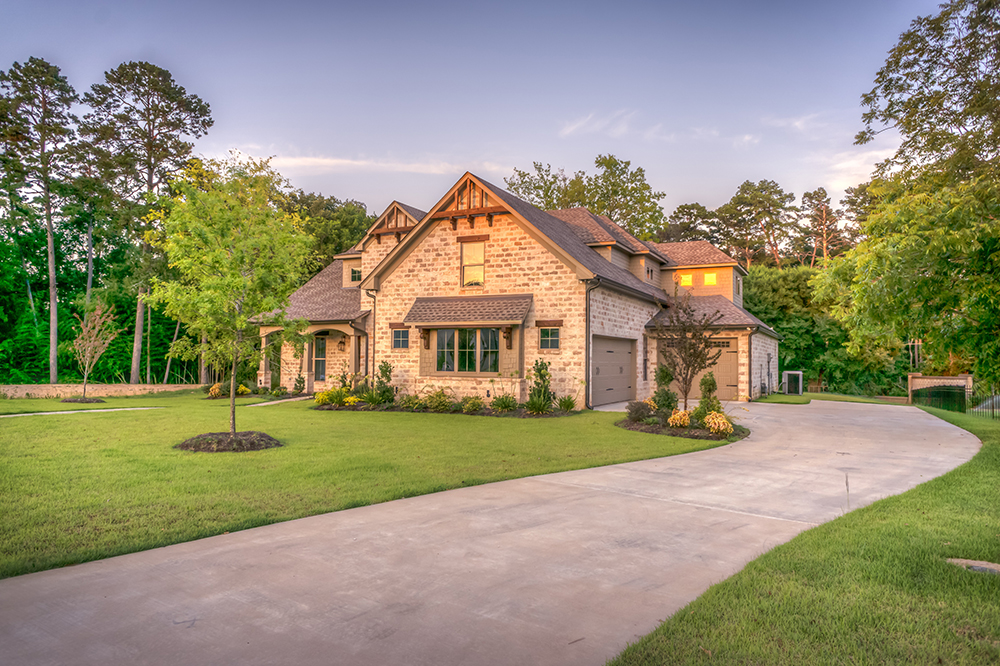
Landscaping
Most homeowners think of landscaping as adding curb appeal. But if you plan it properly, you can landscape now for your future needs while still making it a feature of your home. Steer away from mulch and gravel, and think of accessibility as an excuse to create majestic pathways with plenty of room for everyone. Smooth concrete surfaces are ideal and can be coated to be slip-proof and weather resistant. Call in the pros. If you’re going to spend the time and money, do it right the first time.
HGTV your inbox.
By clicking "SIGN UP” you agree to receive emails from HGTV and accept Corus' Terms of Use and Corus' Privacy Policy.




